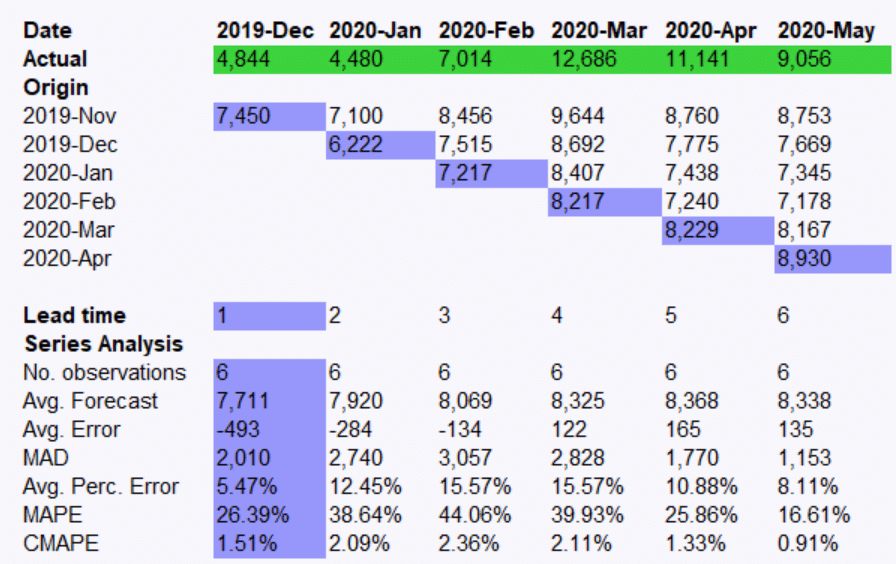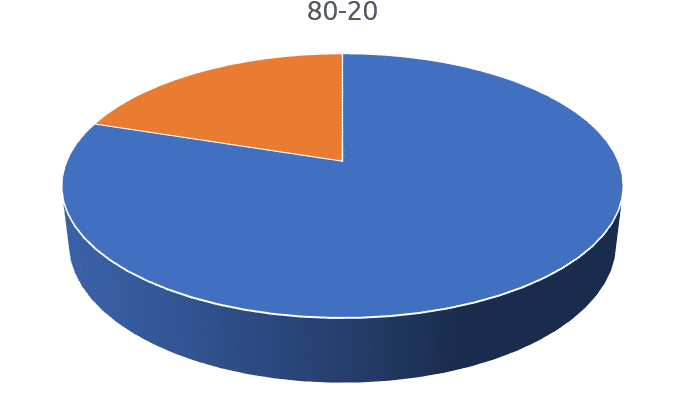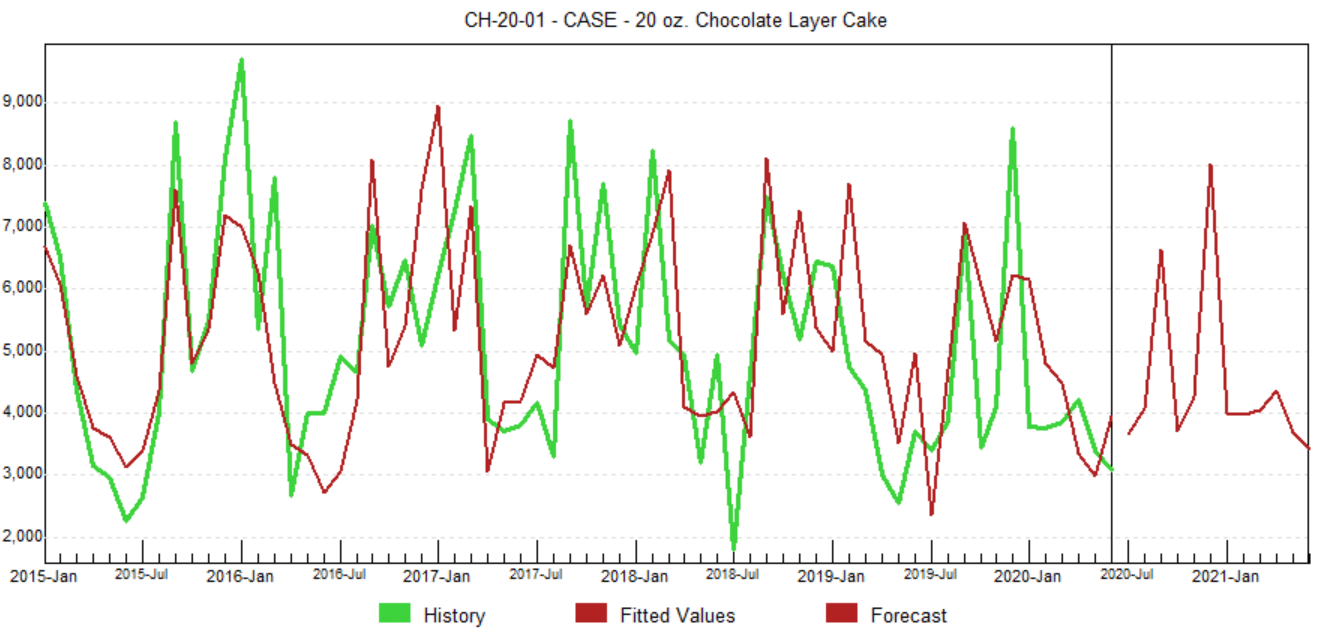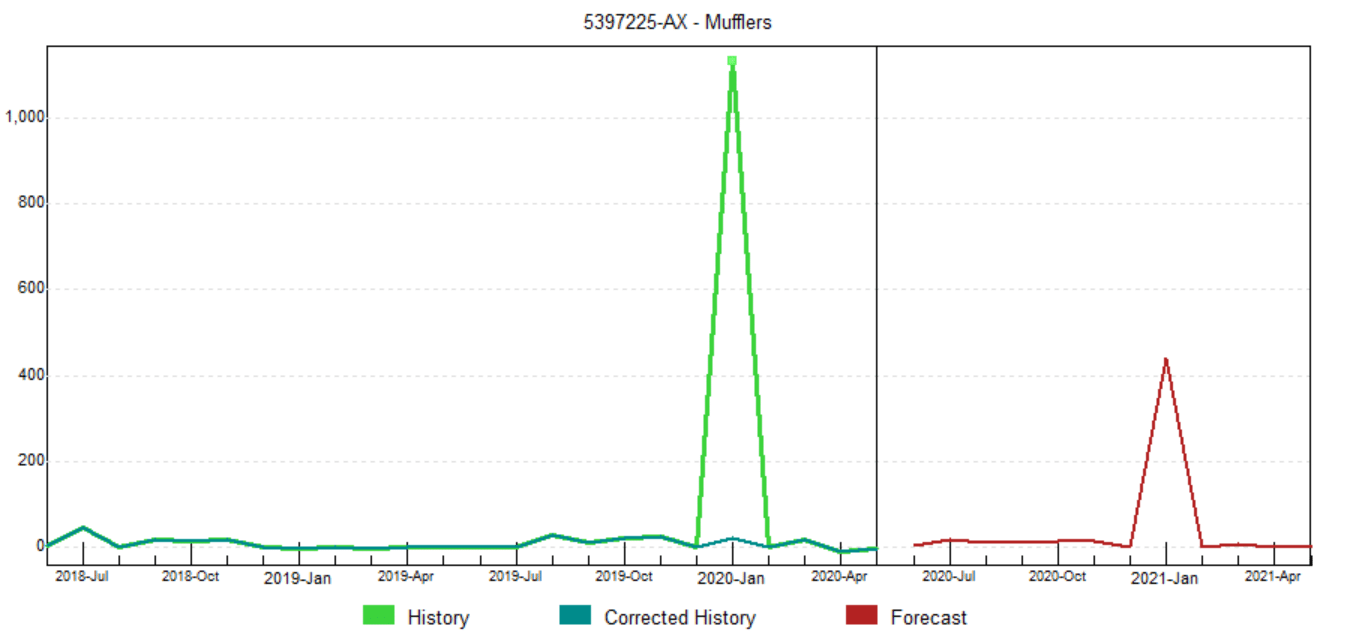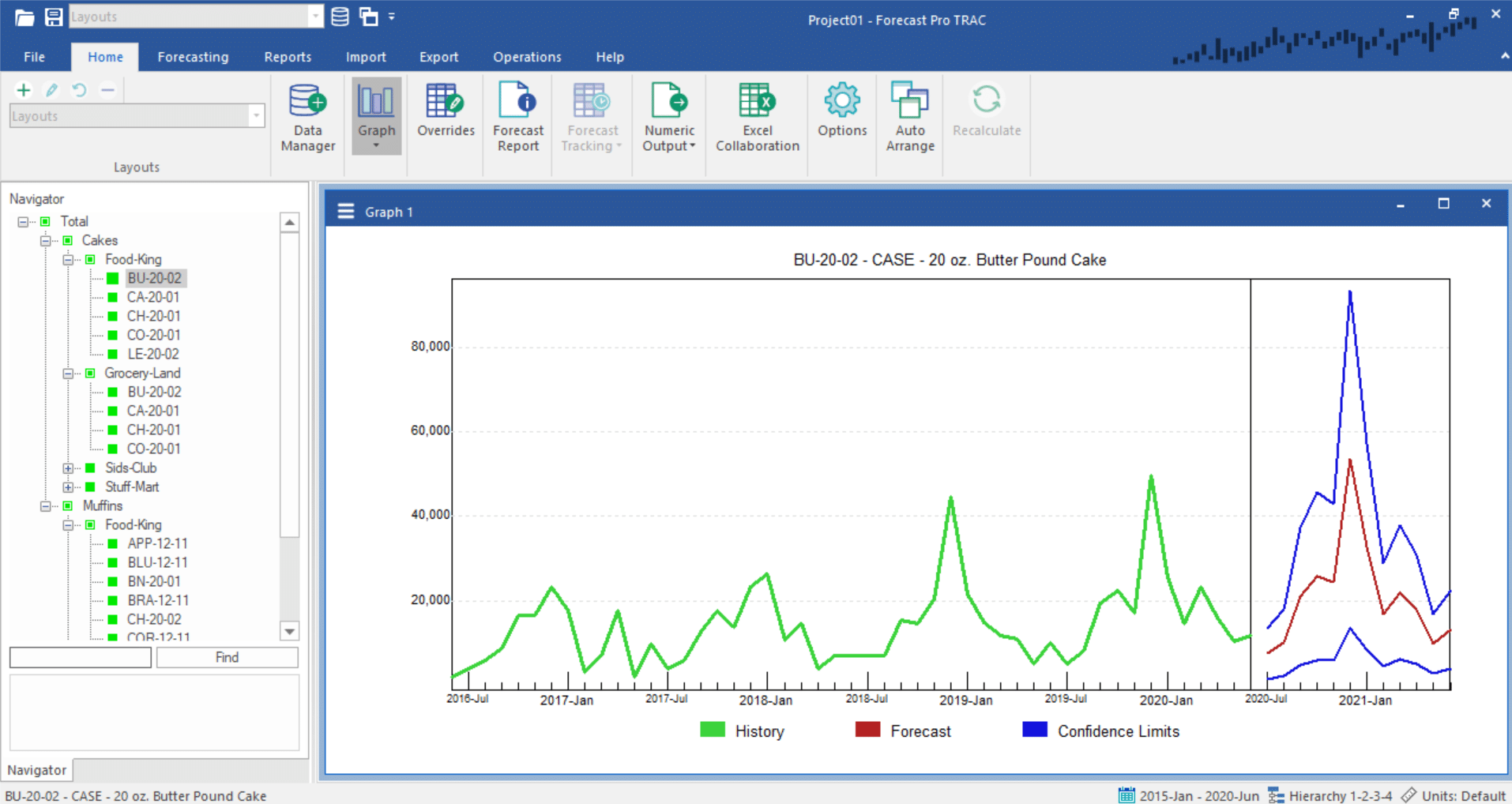How do I measure forecast accuracy?
Measuring forecast accuracy is critical for benchmarking and continuously improving your forecasting process, but where do we start? This article explores why we should measure accuracy, what we need to track, and the key metrics we need to understand to make sense of the data.


